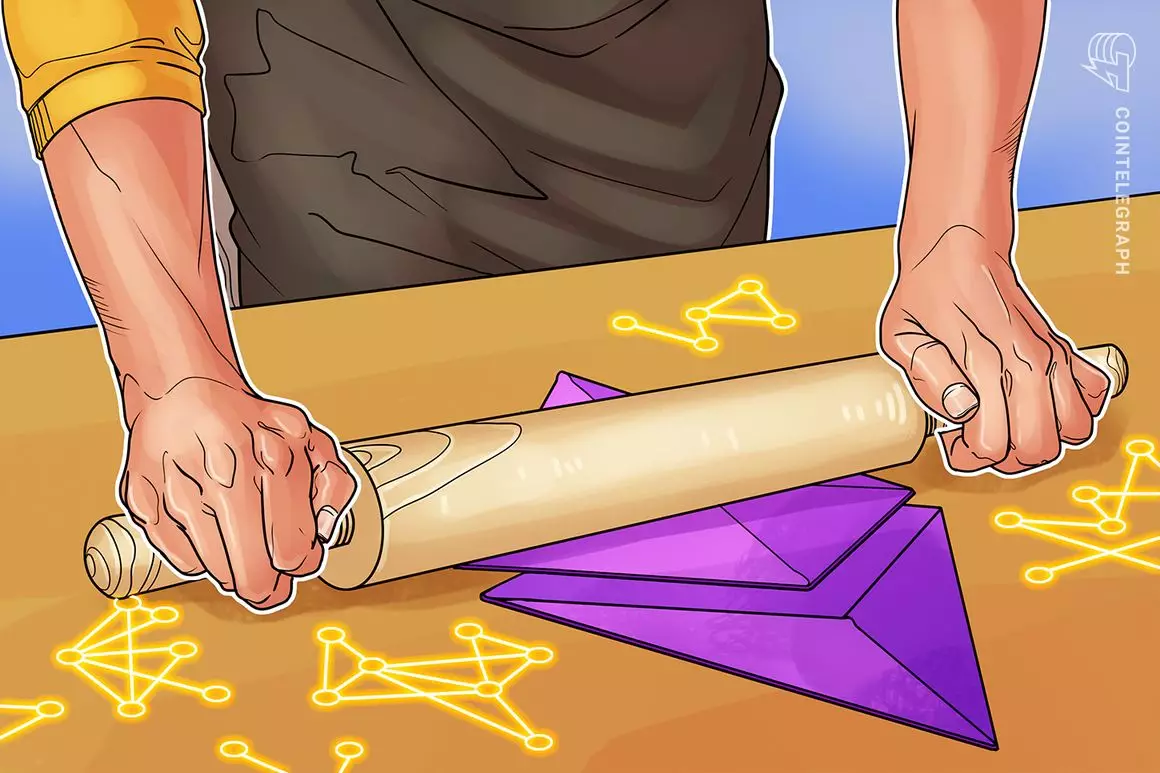The Ethereum ecosystem has been revolutionized by the emergence of zero-knowledge (ZK) proof solutions. However, according to Nicolas Liochon, the head of Consensys’ zkEVM Linea, the introduction of proto-danksharding is set to dramatically reduce the cost of rollups. In an exclusive interview with Cointelegraph Magazine, Liochon projected that proto-danksharding could decrease rollup costs by a remarkable 10 times. This development has the potential to reshape the scalability of Ethereum, making it a more efficient and cost-effective platform.
Rollups, which effectively batch transactions and off-chain data before submitting computational proof to the Ethereum blockchain, have gained significant traction in the Ethereum community. However, despite their popularity, rollups are still hindered by the high costs associated with their implementation. Currently, transactions on Ethereum’s layer 1 are 15 times costlier than those on Linea, but rollups are constrained due to the fact that transactions are posted in call data within Ethereum blocks.
Proto-danksharding, also known by its Ethereum Improvement Proposal (EIP) identifier EIP-4844, aims to address the cost limitations of rollups. This proposal introduces data blocks that can be sent and attached to Ethereum blocks, with the data in these blocks being inaccessible to the Ethereum Virtual Machine. Additionally, this data will be deleted after a specified time period, significantly reducing transaction costs. By implementing proto-danksharding, rollups can become a more affordable and scalable solution for the Ethereum ecosystem.
The main obstacle in creating an optimal ZK-rollup solution lies in the cost of data availability. Currently, all data is written to Ethereum’s layer 1, which contributes to the high transaction costs. In fact, data storage represents a staggering 95% of the overall cost. Liochon emphasizes that Linea’s prover, responsible for the off-chain computation that verifies and creates cryptographic proofs of combined transactions, constitutes only a fifth of the overall cost. This discrepancy highlights the urgent need for reducing data storage costs in order to make ZK-rollups the preferred scaling solution for Ethereum.
Linea, developed by Consensys, aims to be a versatile ZK-rollup that can be utilized across various decentralized applications (dApps) within the Ethereum ecosystem. Unlike other rollup solutions that focus on specific use cases, Linea supports a wide range of applications, including decentralized finance (DeFi), gaming, and social platforms. The launch of Linea in August 2023 saw over 150 partners onboarded and more than $26 million in Ether (ETH) bridged, indicating strong market interest and confidence in this innovative solution.
With the proposed implementation of proto-danksharding and the continued development of Linea, the Ethereum ecosystem is poised for a new era of scalability. By significantly reducing the cost of rollups and enhancing data availability, Ethereum can become a more efficient and accessible platform for developers and users alike. These advancements in scalability are essential for accommodating the growing demands of the Ethereum community, particularly in decentralized finance and gaming sectors.
Proto-danksharding represents a major breakthrough in improving the scalability of Ethereum. By reducing rollup costs through the introduction of data blocks, this proposal has the potential to transform the Ethereum ecosystem. Linea, a versatile ZK-rollup developed by Consensys, aims to support various decentralized applications within Ethereum, ensuring scalability across different domains. With these developments, Ethereum is paving the way for a more inclusive and efficient blockchain future.

